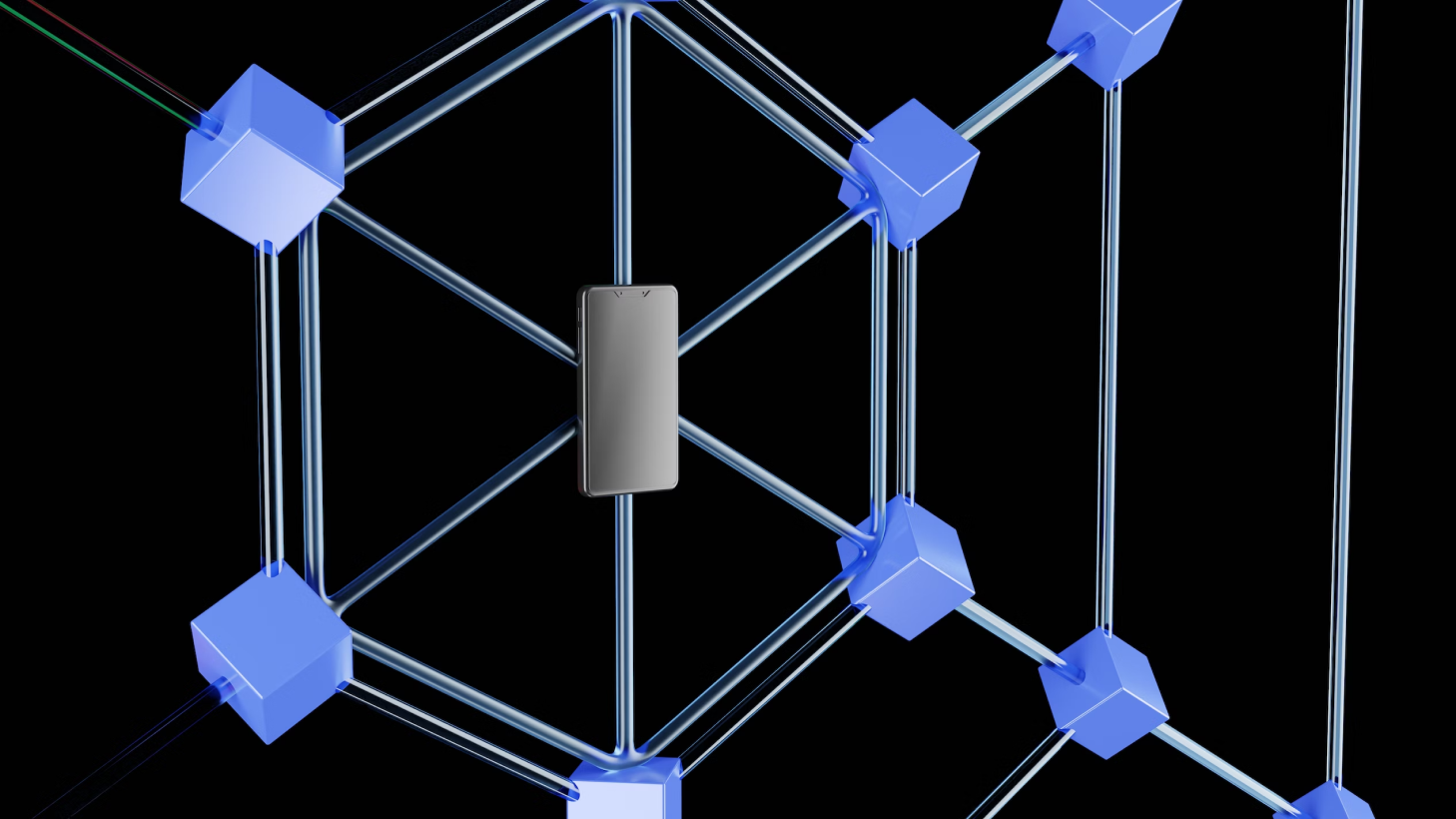Eyes are on the Federal Reserve as speculation intensifies over its interest rate decisions. Recent indicators from the July meeting insinuate that although the battle against inflation is far from over, there’s an emerging skepticism surrounding the urgency for continual rate hikes.
A Balancing Act of Risks
Fed officials, while unanimous in backing a modest rate increase, signaled they might be reaching the twilight of this monumental rate-hiking phase.
But there’s a catch: concerns abound about the potential repercussions of “overtightening” the monetary policy. Essentially, they’re caught in a high-wire act of moderating the economy without pushing it over the edge.
Market reactions were swift and stark. Following the buzz around the Fed’s tone of caution, US markets took a hit. Both the Nasdaq Composite and the S&P 500 faced declines, and Treasury yields experienced a notable surge.
The Fed’s Dilemma: To Squeeze or Not to Squeeze
Even with inflation looming large in their sights, there’s undeniable tension among Fed officials. The big question is, with signs pointing to a more temperate consumer spending trend and a slightly chilled labor market, how much more should the economy be pressed?
July’s adjustment marked the highest the federal funds rate has been in over two decades, capping off a whirlwind of aggressive monetary strategies.
And while the consensus seems to be leaning toward this being the last increase of the year, the Fed’s past projections suggest otherwise. Nancy Vanden Houten, an esteemed economist at Oxford Economics, articulates what many suspect: that there’s no concrete path carved out for future hikes.
With the current rate strategy, the economy is in a precarious position. The rate boosts of the past 18 months might have curbed the economy more than intended.
Adding to this mix is the fallout from the year’s regional banking crisis, which is predicted to exert more pressure on economic activities in the forthcoming months.
Fed’s Chair, Jay Powell, has made it clear: decisions will be data-driven. He highlights the importance of weighing the complete economic picture before the September gathering. Yet, he concedes that given the journey so far, there’s room for patience when mulling over additional rate hikes.
Inflation, the ever-present specter, still exceeds the Fed’s comfort zone. Despite this, consumer vigor remains surprisingly resilient, even more impressive when juxtaposed with the steeper borrowing landscape from just a year ago.
The dire forecasts painting a picture of a US recession have faded, replaced by a more moderate outlook. A “soft landing” seems to be on the horizon, although it might come with a minor uptick in unemployment rates.
Pressing pause on rate hikes come September might be the breather the Fed needs to truly gauge the economy’s reaction to its past moves. It’s an opportunity to discern whether further tightening is necessary to rein in inflation effectively.
While internal debates about the next steps persist, one thing seems certain: the aim is to maintain the benchmark rate at a level that moderates demand over an extended period. Rate cuts? Don’t bet on them just yet. Market experts seem to think that any cuts, if at all, are a distant prospect, probably not before 2024.
As for the massive $8tn balance sheet, when the Fed does decide to cut its benchmark rate, the leanings are toward a reduction by halting reinvestments from maturing Treasuries and agency-backed securities.
The road ahead for the Fed is fraught with challenges and critical decisions. Whether they’ve tightened the economy’s reins too much or just enough remains to be seen. But for now, our eyes remain locked on the Federal Reserve, watching its every move.





